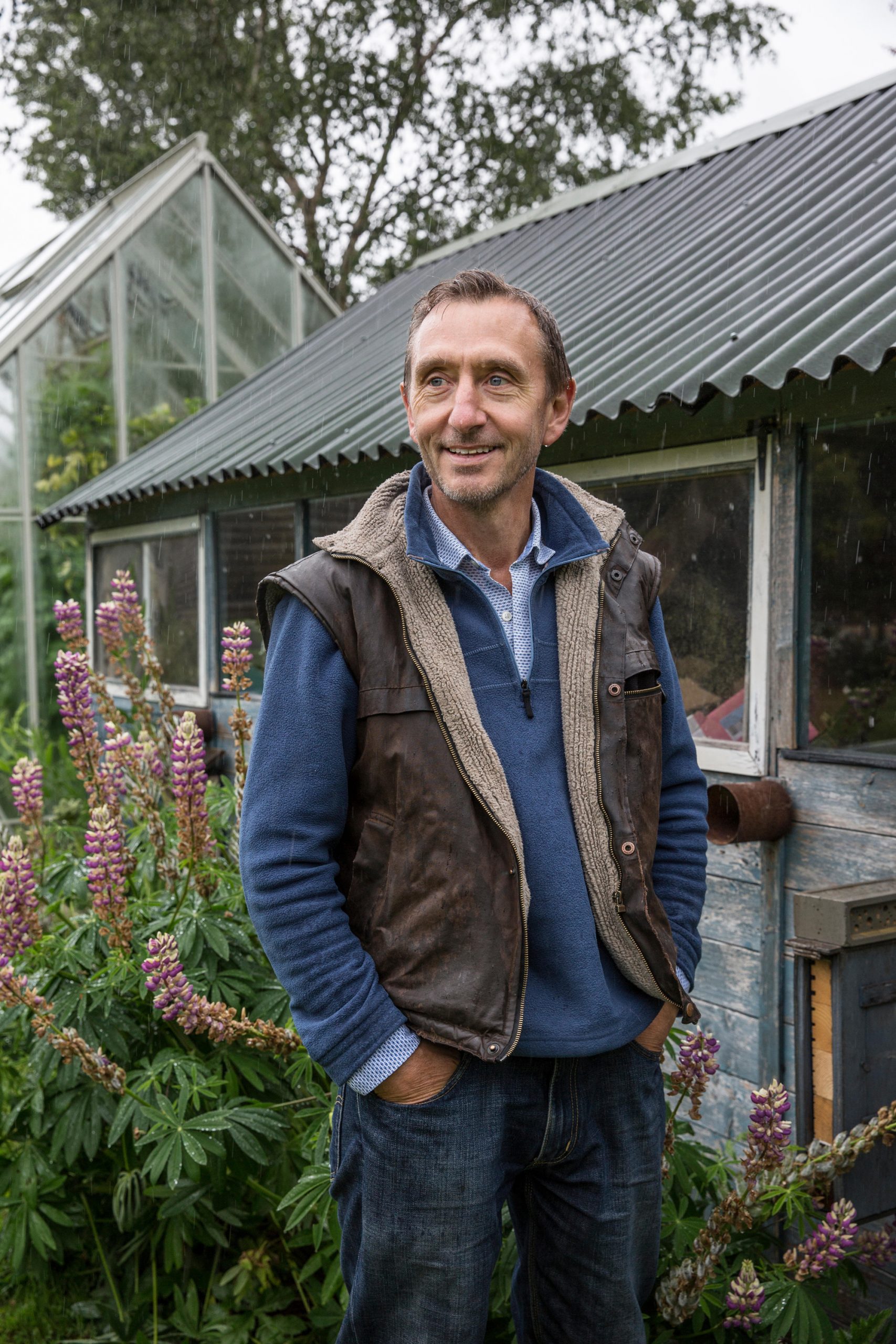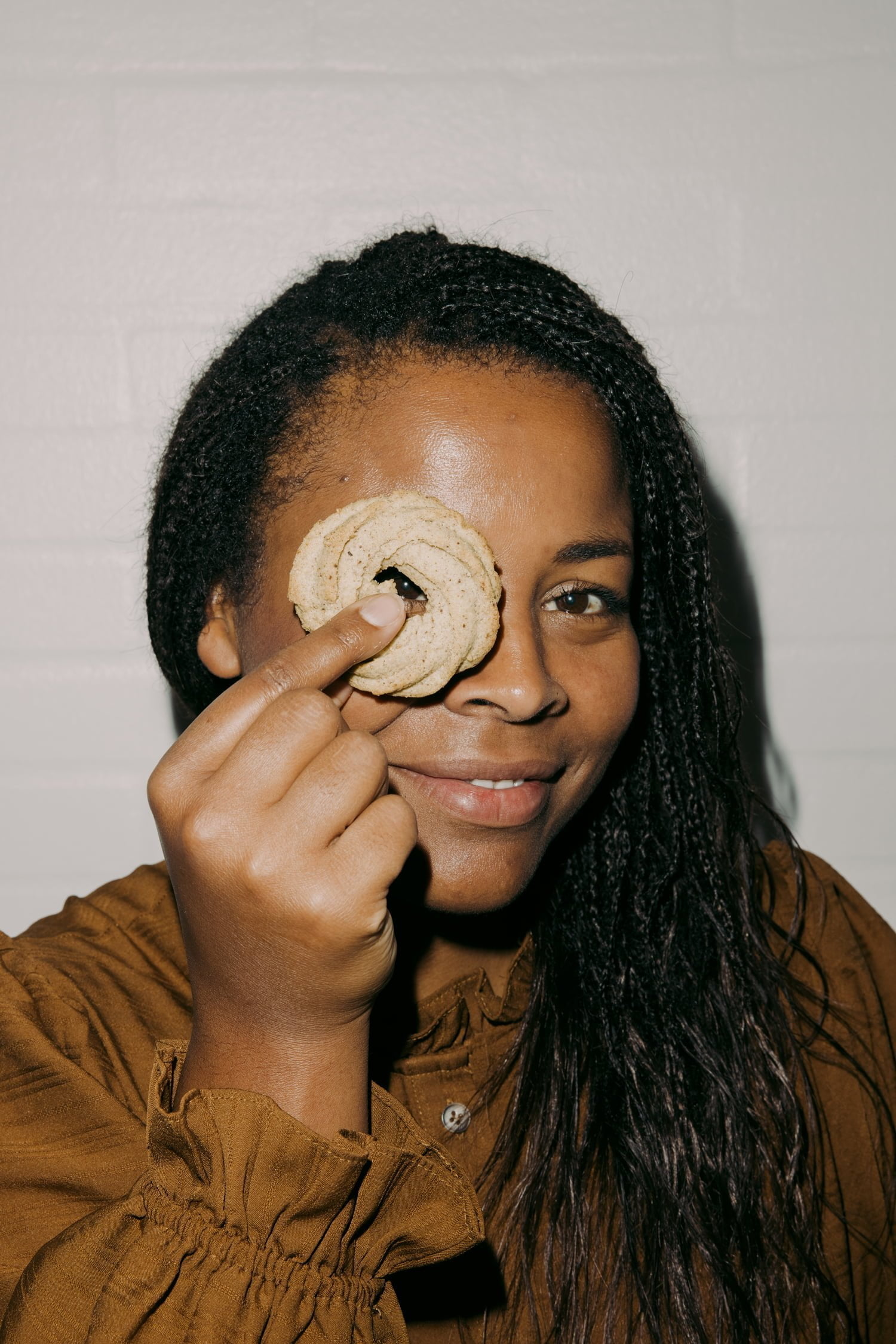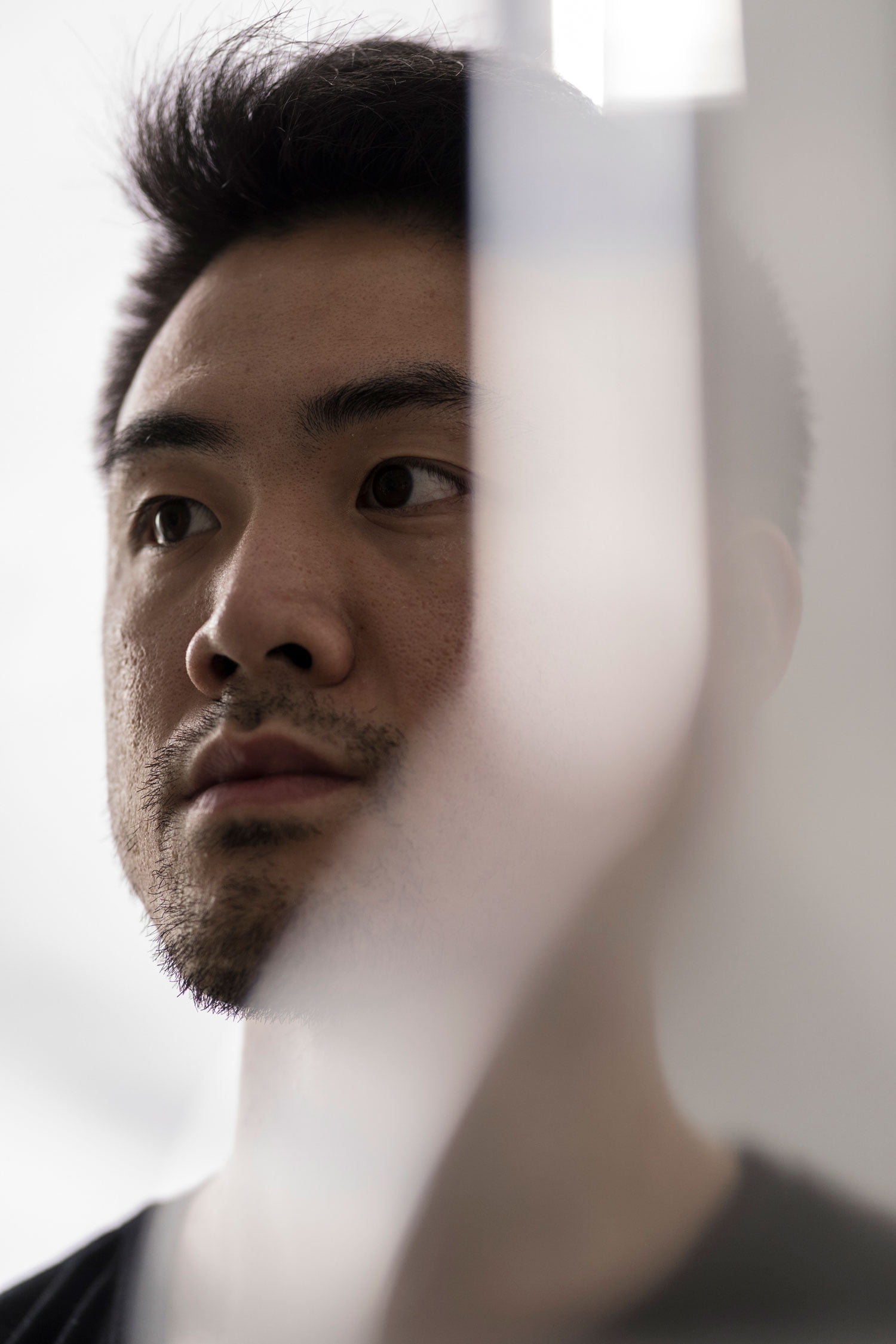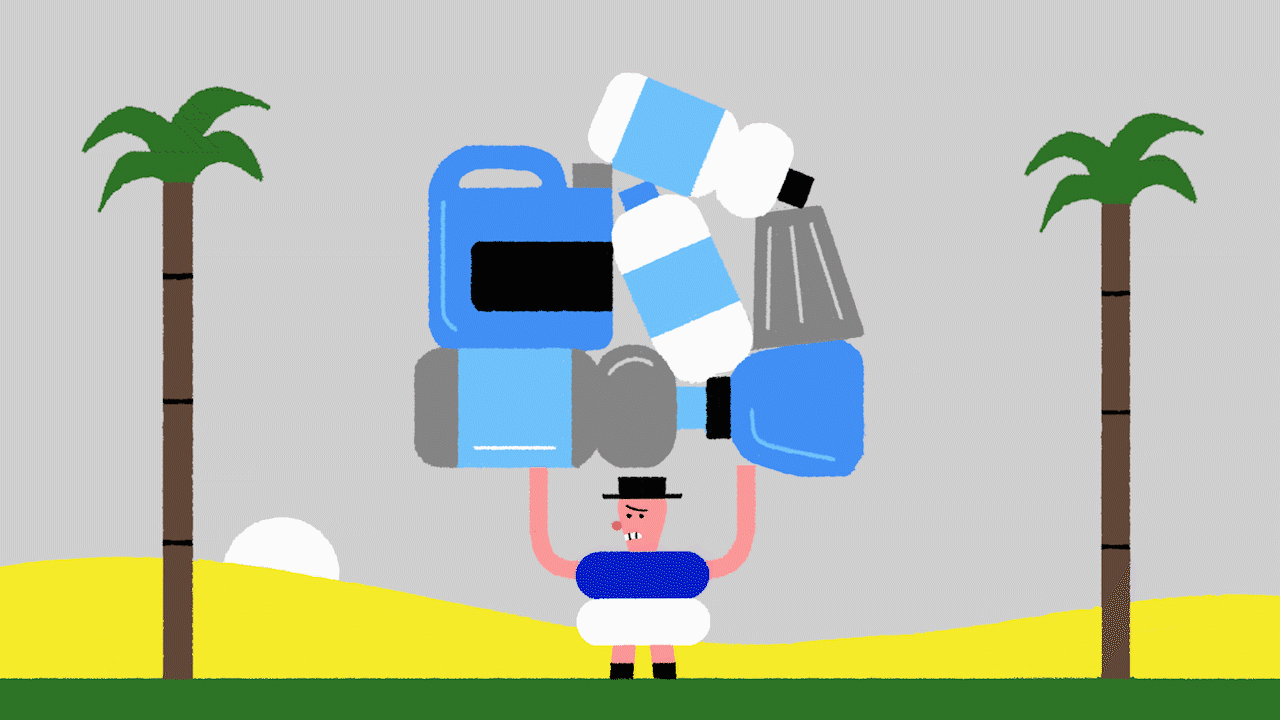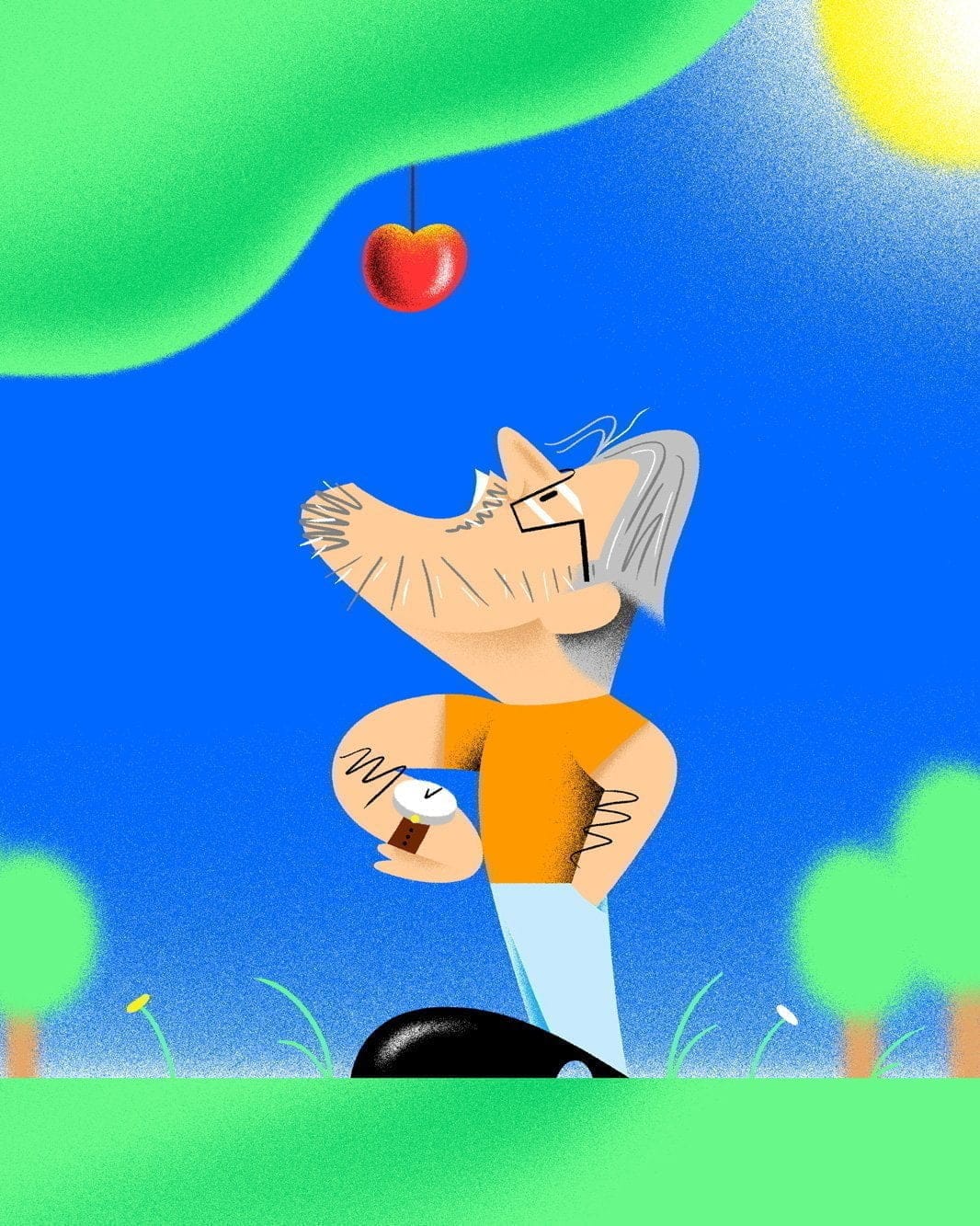A professor of biology and bee expert, Dave Goulson founded the Bumblebee Conservation Trust to monitor and support bumblebees and their habitat. Today the charity has grown to 12,000 members, spreading bee-friendly blooms across the UK.
What inspired you to start the Bumblebee Conservation Trust?
I used to be a very conventional scientist, doing research. My interest was bumblebees and I became really focused on why they were declining. I published lots of scientific papers in dry dusty journals that were read by hardly anyone at all and didn’t make any difference. We knew what needed to be done, but nobody was doing it. Doing more research seemed like a waste of time. So I thought, if I actually want to save the bees I need to do something that’s going to actually help. I decided to start a charity: the Bumblebee Conservation Trust.
The idea was to plant flowers, get people involved, create habitats, stop the bees being poisoned – do everything we could to save the bumblebees. I think it’s the best thing I’ve ever done. I founded the trust in 2006 and today you can go to meadows full of flowers and bees that wouldn’t have existed without the trust.

A nesting box like this one can host multiple species of bees.

Caucasian comfrey is guaranteed to attract bees and other pollinators.
We’re able to tell stories like this because of people like you. Join others from around the world in supporting Imagine5’s mission towards a sustainable future. Become a member, or donate what you can. Join today and receive our latest magazine for free.
What’s going on with bees?
The honey bees are actually doing ok. It’s the wild bees that don’t have anyone looking after them. We know many of them are in decline, particularly in Europe. In the UK, three species have gone extinct and about eight more could go extinct out of 26 species to start with in the UK. So quite a big proportion of them are in trouble.
More land is being used for agriculture and the land that was already used for agriculture is being used much more intensively. One of the biggest impacts for the bees is that we used to have lots of hay meadows, which were a beautiful man-made habitat created by farmers to give them an annual hay crop to feed their livestock. There were millions of hectares of beautiful flower-rich hay meadows all across Europe up until the 1930s. But in the UK 97% of them were destroyed in 50 years.
We now don’t have hay meadows, we have silage fields, which tend to be just one species of grass. With lots of fertiliser poured onto it so it grows really fast and has no flowers at all. Farmers can come back five or six times per year and get much more fodder for their livestock.
So it makes sense from a farming point of view, but it’s disastrous for wildlife. Also of course pesticides are now used more widely than ever, which obviously are not good for insects of any type, including bees.
“We live on this amazing planet with so many extraordinary creatures. We don’t always know what they do, but we should value them for their own sake”
Why are wild bees so important?
Pollination is done by lots of insects but bees are often the main insect. They’re helped by butterflies, moths, wasps and so on. Between them, these creatures ensure that wildflowers set seed and nearly all wild plants rely on insects to pollinate them. Roughly three quarters of the crops we grow in the world wouldn’t give a full harvest without being pollinated. Some would produce nothing at all. That includes most fruits and vegetables that we eat. Everything from strawberries, blueberries, raspberries and apples, to tomatoes and courgettes.
But we shouldn’t only want to conserve things that benefit us. We’re really lucky to live on this amazing planet with so many extraordinary creatures. We don’t always know what they do, but we should value them for their own sake. It would be nice if we could regard the natural world as sacred – of its own intrinsic benefit rather than always looking to quantify ‘what does it do’?
“My mission in life is to get people to love insects”
What has the Bumblebee Conservation Trust been able to accomplish?
All sorts of things, like habitat creation and advising landowners and farmers. There’s a project called Pollinating the Peak District, an area of hills in central England, that’s been very successful in recreating the hay meadows we’ve lost. The trust also does a lot of stuff encouraging people to garden in an insect-friendly way. And we started bee walks where we get members of the public to do a regular walk and count and identify the bumblebees they see. We’ve now got hundreds and hundreds of people doing that same walk every month. It’s now been running for 15 years, so we can see which species are in most need of help. Bees are a really good foot in the door for a bigger conversation about insects and about the environment and sustainability. My mission in life is to get people to love insects.
What’s the best thing we can do for bees and other bugs?
There are about 100 things! Plant wildflowers in your garden, throw away your pesticides (safely) and never ever use them in your garden again, buy seasonal organic food from local farmers, start growing your own food, make a bee hotel, make a little pond in the garden – a few simple things in the garden can attract thousands of species of insects.
If you don’t have a garden, a window box with some flowers in it is better than nothing. Or get involved in local campaigns to plant wildflowers in parks and road verges and anywhere else, like council-owned land that’s often just mown for no good reason. There’s so many things that you can get involved in doing. Do one thing, then another thing. Anything.
What’s your favourite bee species?
The hairy-footed flower bee is great. It’s quite a big, furry bee and the males have these big tufts of hair on their feet, hence the name. When mating, they stroke the female’s face with their hairy feet. She seems to enjoy it. They’re very sweet.
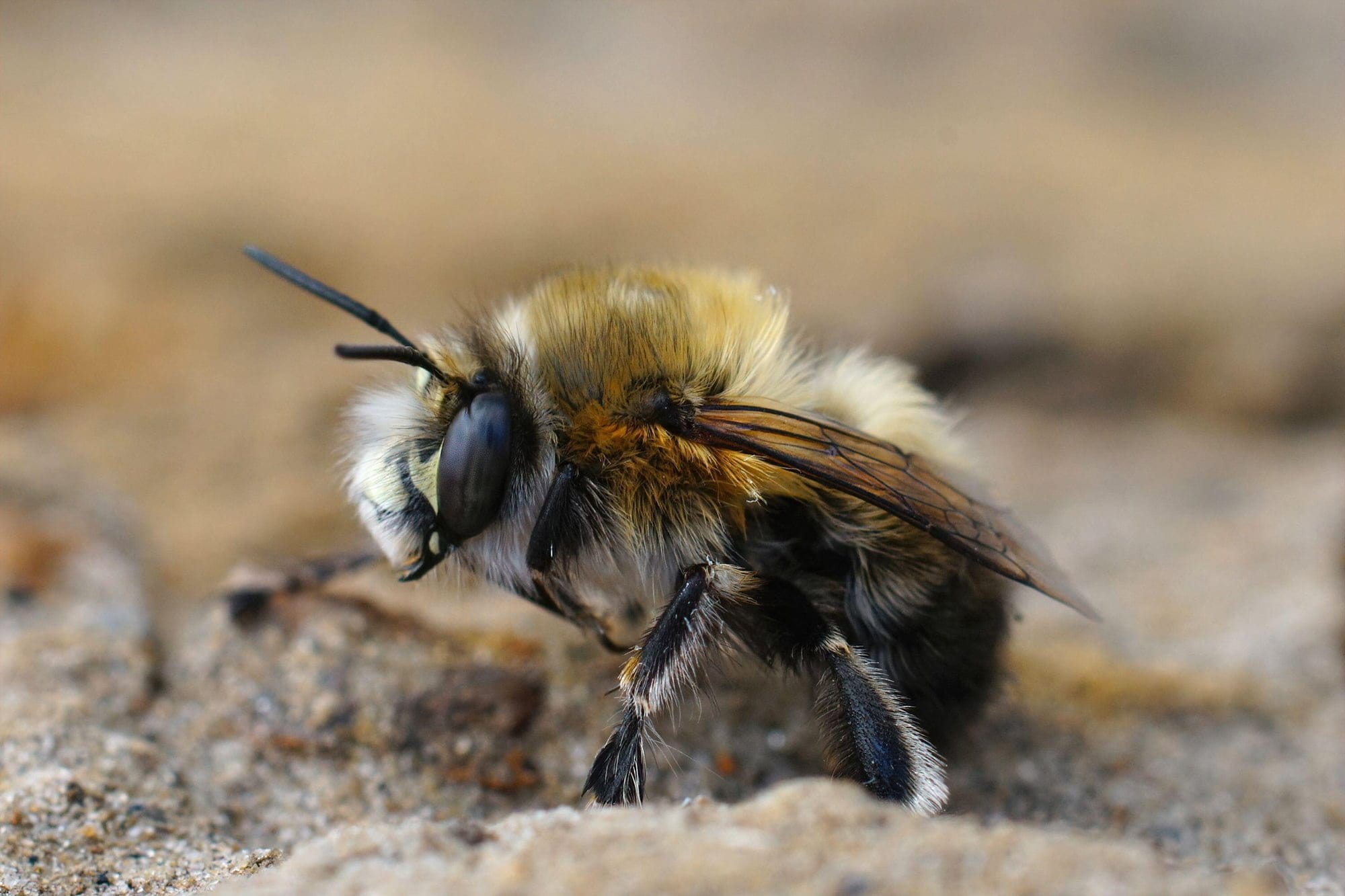
Closeup of a male of the hairy-footed flower bee, Anthophora plumipes. Photo by Wirestock, Inc. / Alamy Stock Photo
Who would you like to give a High 5 to and why?
I would like to give George Hassall, aka Green Fingered George a High 5. He’s 16 and is doing a fab job of getting young people interested in gardening for wildlife.
We’re able to tell stories like this because of people like you. Join others from around the world in supporting Imagine5’s mission towards a sustainable future. Become a member, or donate what you can. Find out more here
Get buzzy
From bee-friendly gardening to DIY guides to identifying local species, the Bumblebee Conservation Trust has a ton of info on what you can do for bees near you.
Learn moreGive it a try
